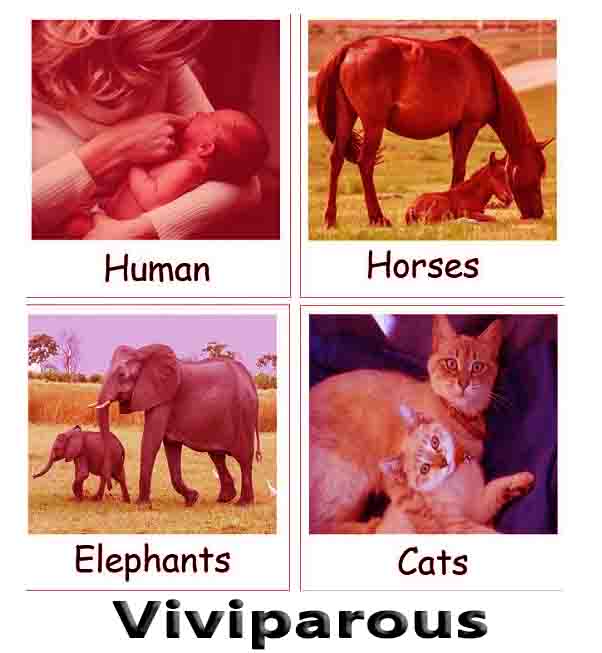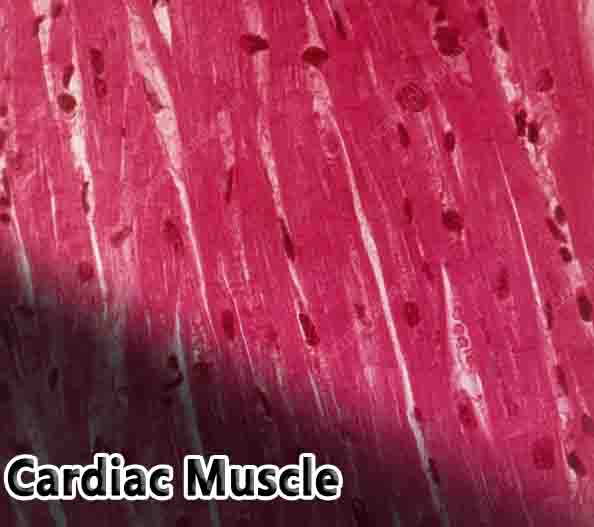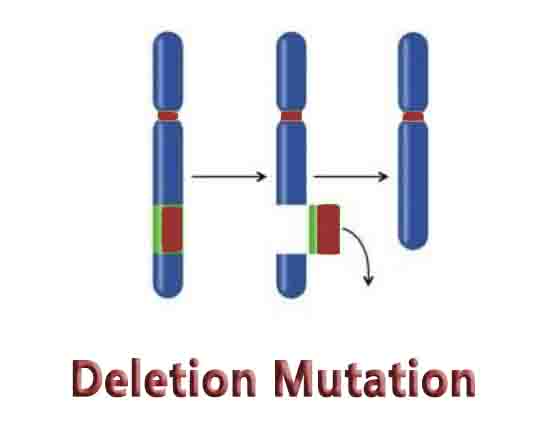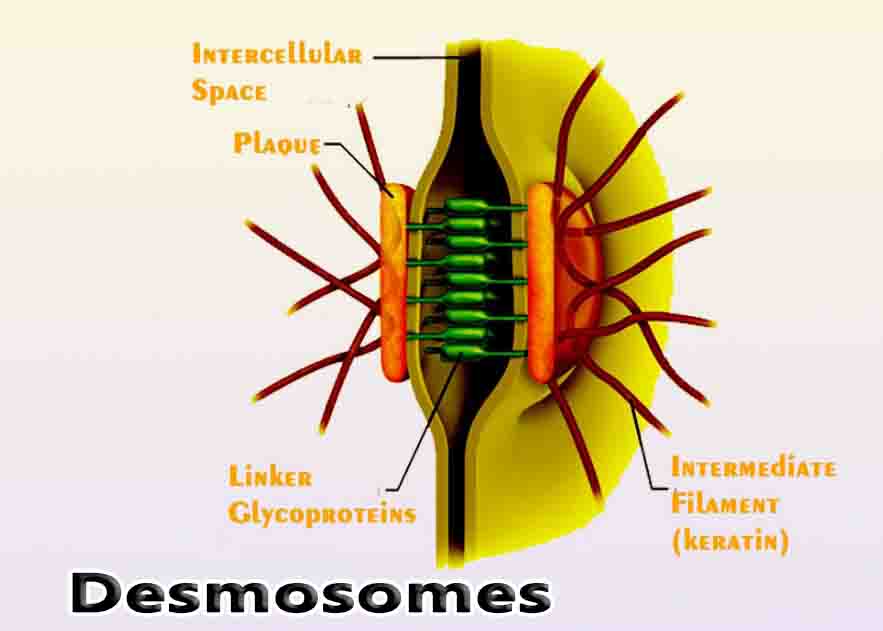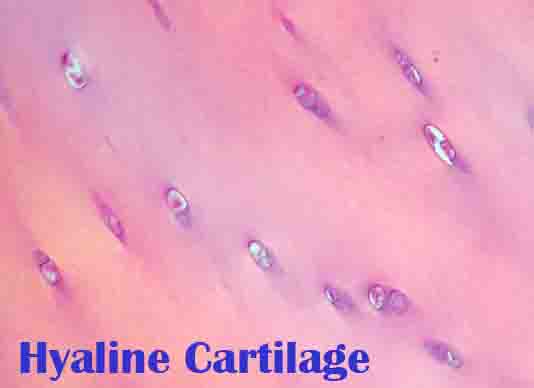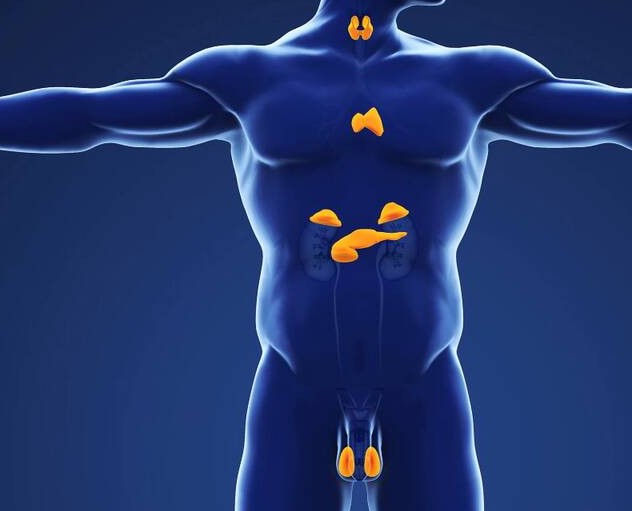Viviparous
Viviparous Definition A viviparous animal gives birth to live young. Growing embryos are nourished by special organs in the parents as they develop. Matrotrophy is the condition in which the embryo receives nutrients directly from the mother, rather than from the yolk. The difference between ovoviviparity and viviparity is that viviparous animals feed their embryos … Read more

